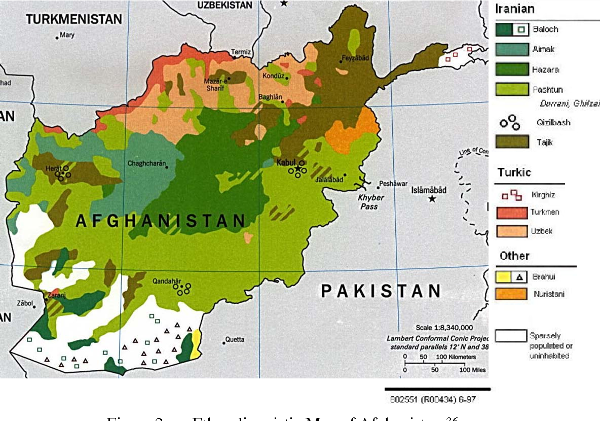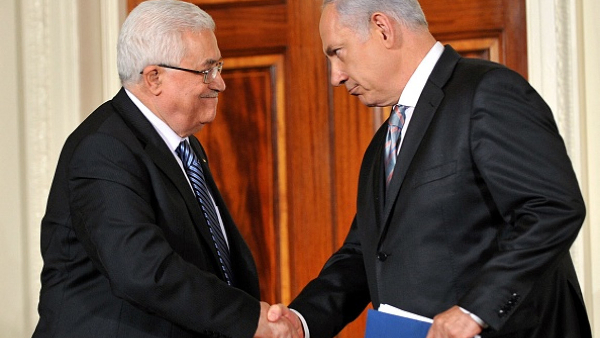
As the life of the ISIS-declared caliphate led by the self-appointed Abu Bakr al-Baghdadi nears its end, the future of the West Asia region after the terrorist group’s obliteration rises to call attention as the most important issue.
All of the regional and international actors engaged in the crisis are contesting for the largest possible sphere of influence to save interests and proceed with the agenda in a region seeing new order in the post-ISIS period.
Meanwhile, Syria is in the heart of the multi-party, fierce competition as it has been the hub of a wide-ranging regional crisis in past six years. Syria’s Deir ez-Zor province especially recently rose to become the hot spot for whose control the central Syrian government’s forces on the one hand and the US-backed Syrian Democratic Forces (SDF) on the other hand engaged in a tough rivalry.
As in past few days the Iraqi forces on the other side of the border launched their offensive to retake the border towns of al-Qa’im and Rawa in the western province of al-Anbar as the last territories still held by the ISIS terrorists, the effort to seize control of eastern Deir ez-Zor’s Abu Kamal town from the terrorist group has grown highly crucial for both warring sides in Syria.
The significance of the town is due to its location in southern Syria. As the Iraqi forces continue their push in al-Anbar near the borders with Syria, the Syrian forces, backed by allies, press towards Abu Kamal in the extreme south of Deir ez-Zor. Meeting each other on the two sides of the border means completing a link and cooperation ring encompassing the Axis of Resistance members and bolstering their combat potentials against ISIS.
As the scenario shows face more and more, the Americans, taking advantage of the SDF, a predominantly Kurdish militant coalition that also has units of Arab fighters, as their infantry on the battleground, are rushing for seizure of the strategic Abu Kamal, even if it takes them striking a deal with ISIS. A fortnight ago, the SDF, advancing under cover of the US-led international military coalition fighter jets’ firepower, seized the al-Omar oilfield in Deir ez-Zor’s eastern outskirts. Washington is now busy preparing and equipping its Kurdish proxies to enter Abu Kamal from northern and western fronts. However, the effort is facing burgeoning complexity as it comes in coincidence with fast progression of the Syrian Arab Army to control the town.
But what are the objectives driving the US struggle for Abu Kamal capture? Moreover, how SDF control over the town will impact the Syrian future equations on the ground?
Checking increasing power of Axis of Resistance
The American officials in recent days, elaborating about their new strategy in West Asia, have been assertive in their idea about the need to counter the Iranian-led Resistance camp’s power gain in the region. They asserted that they will not come short of any effort to strike against Iran’s regional sway. In the present conditions, the American strategists’ decision to take Abu Kamal can be translated as a step to serve this Washington’s end. It appears that they hold the notion that battlefield advances towards Syria-Iraq border areas will help them curb Resistance’s garnering of regional clout.
Winning upper hand for future Syria negotiations
The US has more aims behind its investment in Abu Kamal capture campaign. It wants to cultivate its own bargaining chips and pressuring tools for the prospective talks of Syria crisis. For the Americans, the more they can expand their grasp over strategic regions, the more they can wrest concessions from the opposite side, which means more influence in the post-war Syria.
Perpetuating the crisis for larger shares
The third goal of the plan to facilitate SDF occupation of Abu Kamal comes in line with President Donald Trump policy. While the crisis is still raging in the region, the US wants to secure its interests through designing a new regional order. Trump and his advisors want continuation of the crisis in a fresh level by Abu Kamal seizing, an arrangement they believe will help them obtain more shares in the future Syria developments in competition against Russia and Iran.
LINK: https://www.ansarpress.com/english/9229
TAGS:






























 Violation of the sovereignty and rights of afghan citizens by America
Violation of the sovereignty and rights of afghan citizens by America




